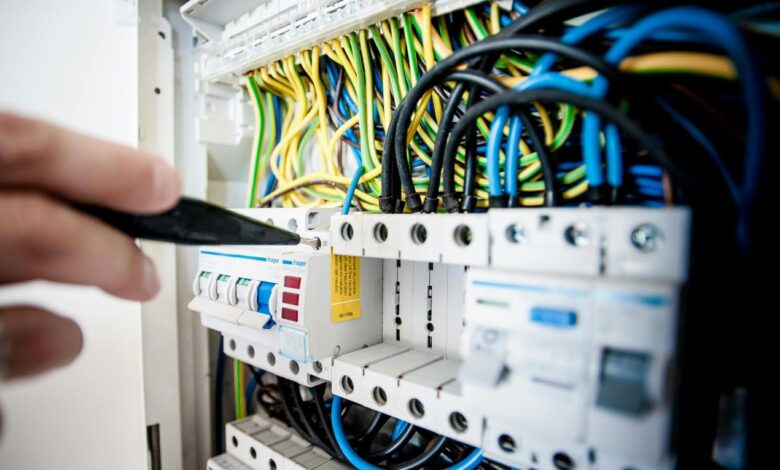Gartner Predicts AI Adoption in 40% of Power and Utilities Control Rooms by 2027

By 2027, 40% of power and utilities will deploy AI-driven operators in control rooms, reducing human error risks, but increasing cyber-physical system security vulnerabilities, according to Gartner, Inc.
The 2025 Gartner CIO and Technology Executive Survey indicated that 94% of power and utility chief information officers (CIOs) plan to increase their AI investments in 2025, with an average spending increase of 38.3%.
“AI technology is poised to transform the power and utilities sector,” said Jo-Ann Clynch, Sr Director Analyst at Gartner. “Human decision-making is critical, but it is also a significant factor in industrial accidents. AI-driven operations offer a compelling solution, performing tasks with repeatability, precision, and without bias when effectively governed.”
The power and utilities industry is transitioning from its traditional model of utility-owned assets, driven by technological advancements and evolving customer attitudes. Future decentralization through distributed energy resources, such as solar panels and energy storage, will enable dynamic circular behaviors, allowing customer-owned intelligent assets to address objectives like cost, production, and comfort.
“Power and utility CIOs must focus on creating intelligent operations to integrate these assets into their digital ecosystem,” said Clynch. “Investing in data infrastructure and analytics, transitioning to cloud-based services, and preparing for AI integration in control room operations will help them succeed in this new competitive landscape.”
Managing Security Risks in AI-Powered Control Room Operations
Deploying AI-driven operators in control rooms reduces human-error risks and enhances efficiency through real-time data processing, predictive maintenance, and automated anomaly detection. However, this transition introduces new cyber-physical security vulnerabilities, demanding significant investment in advanced security measures and compliance with evolving regulations.
“Organizations must establish guardrails, such as access control and scope enforcement, for the implementation of their AI tools and the data the tools can access,” said Clynch. “CIOs should develop an AI strategy aligned with business goals, supported by strong governance and security frameworks, and ensure workforce training and infrastructure upgrades for effective management and scalability.”
To successfully navigate the transition to AI-driven operations and fully leverage AI-driven decision intelligence, Gartner advises power and utility CIOs to focus on the following priorities:
- Enhancing Operational Efficiency: Develop a comprehensive AI integration plan. Identify key areas in control room operations where AI can minimize human error and establish governance controls for implementation and monitoring to mitigate risks.
- Strengthening Cyber-Physical System Security: Implement advanced security practices and invest in cutting-edge measures tailored for AI systems, such as quantum-enhanced security. Conduct regular audits of essential security hygiene, including vulnerability assessments and incident response planning.
- Fostering Effective Human-AI Collaboration: Train control room staff on AI technologies to ensure they can effectively collaborate with AI systems. Emphasize oversight, interpretation of AI output, and maintaining critical thinking in decision-making.




